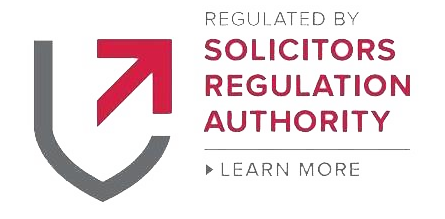With the Coronavirus forcing more and more companies to take steps to deal with this unprecedented situation, temporary closure of the workplace is an option some employers may have to take to ensure the longevity of their business. It is essential that employers take steps now so that they are prepared should they have to make difficult decisions.
The Government have implemented social distancing measures that advise people to work from home wherever possible in order to decrease the risk of Coronavirus spreading. These measures have seen a large numbers of companies closing the workplace (or being forced to consider the potential closure of the workplace) and implementing remote working. We have broken down fact from fiction with a guide on everything you need to know.
Topics to be answered in this article
Can employees be made to work from home?
Employers can lawfully instruct their staff to work from home, even if there are no specific provisions for this in employee’s contracts and there should be little risk involved with this in light of the current pandemic. Employers have a duty of care to their employees as laid out by the ‘Health and Safety at Work Act.’ Also, a fact not often appreciated, employees also have a duty, as stipulated by the Act, to keep themselves and colleagues safe. Employers will however need to listen to the concerns of any employees who have issues with remote working and implement alternative measures if such issues are justified.
Before making the decision to close the workplace it is imperative for the employer to take into account several practical points. The most important of those is that the employer should ensure that they have sufficient IT systems in place to allow remote working and to also sustain increased use. It is also vitally important that data protection is complied with at all times which will require a system to be put in place to protect sensitive data that is being accessed away from the workplace.
What happens if a business temporarily closes due to COVID-19?
If the workplace is closed then this will understandably be a difficult time for employers and employees alike. Closure of the workplace could lead to employees being asked to work reduced hours or the business closing down temporarily. If an employer is thinking of employing these measures then it is important for them to communicate with their staff early and continue constant communication throughout the closure.
If the workplace is closed or employees are working shorter hours access to the Furlough or Flexi-Furlough schemes will help tremendously. Strictly speaking use of the schemes should be by agreement. Enforced or unilateral changes are likely to lead not only to disgruntled employees but also claims such as breach of contract or unlawful deduction of wages. It is key to try and secure agreement with your workforce where ever possible.
If employees understand the reasons you are forced to impose changes and you demonstrate transparency and a reasonable approach, you are more likely to get the employees consent. In most situations employees will be relieved that as an employer you are taking proactive steps to protect the business and future employment of your staff.
What does lay-off mean for employers and employees?
It may be the case that an employer, especially those in the retail and hospitality sectors, has no choice but to lay-off employees in response to a significant drop in demand. If this is the case then the employer MAY not have to pay the employees their usual pay, subject always to what is stated in the contract.
Before Furlough, the right to enforce lay-offs and the rights and payments within it were a complex area. We now have a state funded ‘lay-off scheme’ with Furlough reducing the costs and making it easier to achieve.
Encouraging employees to use holiday allowance during COVID-19
As an alternative, employers can require their employees to take annual leave. Employers are allowed to force their employees and workers to take their holiday at a specified time. To comply with legislation, the employer must provide their employees and workers with at least twice as many days notice as the amount of day’s holiday that they are being forced to take.
For example, if an employee is required to take 5 days annual leave, then 10 days notice of this must be given.
As this is more likely than not to affect holidays that staff may have already planned it is best practice for the employer to explain to their employees the need to close and also attempt to calm employee’s worries about their plans and holiday entitlement. This can be used in conjunction with Furlough leave.
Social distancing in the workplace and changing working location
In an attempt to mitigate risk, some employer’s may decide to split employees between different locations. If an employer is thinking of implementing such a measure they will need to take into account the personal circumstances of their employees and how such measures may impact upon them. Employers will also need to be extra careful where working from a different location does not form part of an employee’s contract. Enforcing such a provision is likely to mean that some employees will need to travel further to get to work. This could also impact on childcare arrangements which means that employer’s will need to be flexible with regards to allowing employees to make adjustments to their working times.
Employers must take note that if their employees are working from home or a different office then it is the employer who is still responsible for their health and safety. This means that employers will have to arrange for any specially adapted office equipment to be transported to the employee if the closure or change of location is likely to go on for a lengthy period of time.
Communication is key
We appreciate that many employers are doing their best in what is uncharted territory.
Whatever measures an employer decides to put in place, the message is clear – preparation and communication is paramount. Any steps must be reasonable, and whenever possible, obtain your employee’s agreement to any temporary adjustments or measures needed.
We are here to guide you through this extremely difficult period, so any queries, please don’t hesitate to contact a member of our Employment Team. Above all, keep safe.





